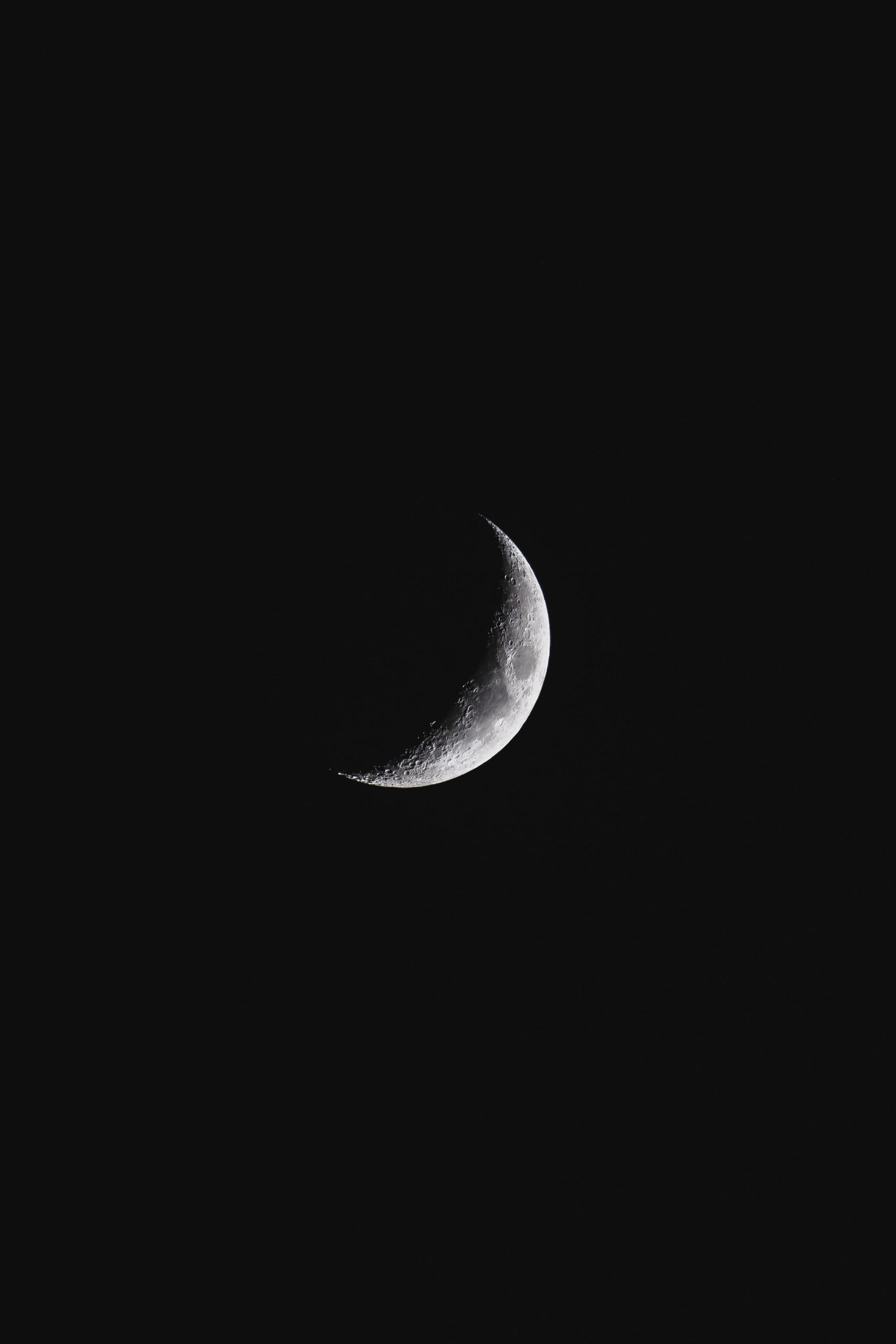The Fascinating History of Planchette: From Victorian Parlor Games to Ouija Boards
Ouija boards have long captivated the imagination of people seeking to communicate with the supernatural. But amidst their mysterious allure, one often overlooked component of these boards is the planchette. While some believe it to be a mere pointer, this small device holds a rich history of its own, dating back to Victorian parlor games and evolving into the iconic tool we associate with Ouija boards today.
What is a Planchette?
A planchette is a heart-shaped or triangular device usually made of wood or plastic that rests on the surface of a Ouija board. It typically includes a small circular hole or a transparent window in the center, allowing users to observe the letters, numbers, or symbols on the board beneath. With the help of the participants’ hands placed gently on the planchette, it supposedly moves to spell out answers to questions posed.
Origins in Victorian Parlor Games
The concept of using a planchette for divinatory purposes can be traced back to the mid-19th century, during the height of the Victorian era. This period saw a surge in interest in spiritualism, an ideology that believed in the existence of spirits and the possibility of communication with the deceased.
Planchette became popular as a tool for what was known as “automatic writing.” Participants would place their hands on the planchette, believing that spirits would guide its movement, allowing them to write messages on a piece of paper placed beneath. These messages were often believed to come directly from the spirit realm.
However, it’s important to note that early planchettes were not exclusively used for spiritual communication. In the early days, they primarily served as a form of entertainment during social gatherings and were considered a parlor game. They were often seen as a fun diversion, amusing guests with their seemingly supernatural movements.
Shape, Styles, and Symbolism
Victorian planchettes came in various shapes and styles, including heart-shaped, triangular, and rectangular. Each shape held its own symbolism and significance in the spiritualist culture of the time.
The heart-shaped planchette was considered the most common and widely used during the Victorian era. It represented love, compassion, and an open heart, suggesting that spirits could communicate through the power of love. The triangular planchette symbolized the holy trinity in Christianity and was believed to possess a sacred connection to the supernatural realm.
Additionally, planchettes often featured intricate engravings and symbols. Designs varied from the simple and elegant to the ornate and elaborate. Some planchettes depicted symbolic motifs such as crescent moons, stars, or Egyptian-inspired hieroglyphics. These decorative elements enhanced the overall aesthetic appeal and added to the mystical atmosphere surrounding the use of planchettes.
Evolution into Ouija Boards
The popularity of Victorian planchettes set the stage for further innovation in divination tools. In 1890, Elijah J. Bond, a businessman and inventor from Baltimore, patented the first known “talking board” under the name “Ouija.” The Ouija board combined the use of a planchette with an alphabetized board, allowing users to spell out messages more easily.
Bond’s invention gained significant attention and eventually caught the eye of William Fuld, who further refined the design and trademarked the name “Ouija” to become synonymous with the board. Fuld’s Ouija boards became widely popular, thanks to aggressive marketing campaigns that capitalized on the board’s supernatural reputation.
As Ouija boards gained notoriety, planchettes took a backseat to their more well-known companion. Many modern Ouija boards come with a planchette as a standard accessory, often included with the board itself. While planchettes no longer hold the same level of attention as they did in the past, they remain an essential element of the Ouija board experience.
Contemporary Significance and Use
Today, while Ouija boards are primarily associated with casual entertainment or exploring the paranormal, some individuals still use planchettes for divination purposes and spirit communication. Psychics, mediums, and even amateur enthusiasts find value in incorporating planchettes into their practice.
DIY and Modern Planchettes
As interest in the supernatural persists, numerous DIY tutorials and online shops offer instructions and materials for making custom planchettes. These range from traditional heart-shaped designs to more contemporary adaptations, often reflecting popular culture or personal preferences.
Modern planchettes may incorporate additional features, such as built-in LED lights or magnetic properties, to enhance the overall experience. These adaptations aim to blur the line between the physical and metaphysical, creating a more immersive encounter with the supernatural realm.
In Conclusion
From its humble beginnings as a parlor game to its significant role in the history of Ouija boards, the planchette holds a fascinating legacy. While often overshadowed by the Ouija board itself, its evolution serves as a testament to humanity’s enduring fascination with connecting beyond the veil of the known.
Whether you see planchettes as a mere tool or a window into the spirit world, they have undoubtedly played an integral part in the development and enduring appeal of Ouija boards. As you navigate the enigmatic realm of the supernatural, take a moment to appreciate the intricate history behind this small yet profound device.
Table of Contents
